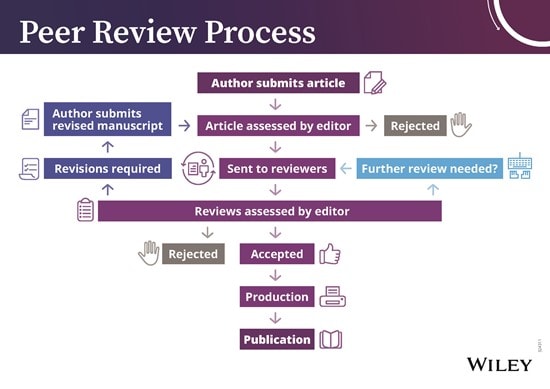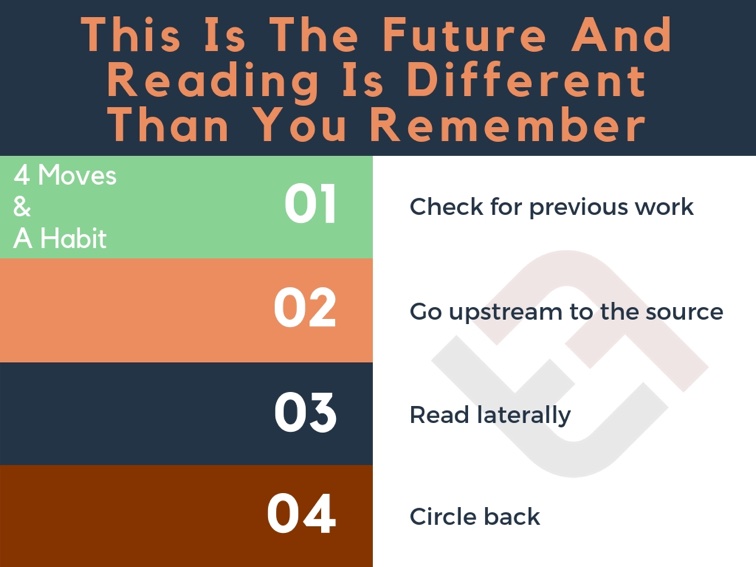General Education
- Articles
- Background Sources
- Books
- Videos
- Citation
- Truth and Reconciliation Resources
- Research Help
-
Courses
Toggle Dropdown
- GNED 1101 - K. Hoeksema
- GNED 1103/1201 - Hepler/Obrecht
- GNED 1303 - J. Smith
- GNED 1201 - Kara Toews
- GNED 1203 - Datoo
- GNED 1403 - G. Broitman-Levandovsky
- GNED 1404 - Kara Toews
- GNED 1401 - C. Luther
- GNED 1403 - K. Toews
- GNED 1401 - E. Watters
- GNED 1303 - M. Haile
- GNED 1301 - M. Haile
- GNED 1302 - M. Haile
- UGST 1001 - M. Sauve
- GNED 1403 - A. McLinden
- GNED 1403 - D. Baillargeon
- GNED 1303 - A. McNulty
- GNED 1403 (Mis/Dis/Malinfo) - K. Toews
- GNED 1404 - M. Giles
- UGST 1001 - G. Broitman-Levandovsky
- GNED 1404 - M. Kelly
- UGST 1001 - G. Ryland
- GNED 1401 - A. Adesola
- GNED 1401 - J. Boettger
- GNED 1401- A. Patient with Cari
- CNST 2221 - G. Obrecht
- UGST 1001 - K. Toews
- GNED 1401 - T. Baker
- GNED 1401 - J. Stook
GNED 1401 - J. Stook
Class objectives
This library class has been designed to help you with your research paper & library assignments.
By the end of the library class, you will be able to…
- Explain the difference between scholarly and non-scholarly sources
- Effectively search the library’s resources
- Evaluate sources based on currency, audience, reliability, author, and scholarship
- Construct proper MLA citations for various source types
Assignments
Scholarly Sources
 Scholarly vs. Popular Sources
Scholarly vs. Popular Sources

(Image of a messy research desk, DALL-E, created 2024-10-21)
Definition: A scholarly publication features articles written by experts for other experts. These are often called "peer-reviewed," "academic," or "refereed" journals. This means that before an article is published, it is reviewed by other scholars in the same field to ensure the research and findings are reliable.
|
|
Scholarly / Peer-Reviewed |
Popular / Not Scholarly (but possibly still credible!) |
|
Author |
|
|
|
Review Process |
|
|
|
Audience / |
|
|
|
Content |
|
|
|
Sources |
|
|
|
Examples |
|
|
 LibrarySearch
LibrarySearch
LibrarySearch is MRU Library's one-stop search interface/catalogue that brings together resources across format, time, and subject.

(Conducting Academic Research With LibrarySearch)
Things to remember when using LibrarySearch:
-
Sign in to save searches, and items, and to request materials.
-
Use the pin icon to save books and articles to your Favorites for future reference.
-
Use the filters on the right. You will use Availability, Resource Type, and Date filters most often. Filter settings can be "locked in" so that you don't have to reapply them to every search that you make.
-
Some items may not be available, however, you can request unavailable items using what is called interlibrary loan.
-
When viewing an item record, scroll down to the Get it (for hardcopy/physical items) or Access options (for electronic items) section to get access to the item.
Search Tips for LibrarySearch
(Adapted from “Developing your search strategy,” University of Leeds)
You can use search operators to combine or exclude terms, helping you get better results faster.
Quotation Marks: Use quotation marks to keep phrases together.
- Examples: “public space”, “inclusive design”, “artificial intelligence”, “fast fashion", "phones in schools"
AND: Combine terms with AND to narrow your search.
- Examples: “inclusive design” AND librar*, “artificial intelligence” AND labor, "fast fashion" AND sustainability, phones AND school*
OR: Use OR to search for synonyms or similar terms and broaden your search.
- Examples: “climate change” OR “global warming”, “artificial intelligence” OR “AI”, "cell phones" OR "mobile phones"
Truncation: Use * to search for different word endings.
- Example: access* will find accessible, accessibility, etc
- Example: phone* will find phone and phones
 The Peer Review Process
The Peer Review Process

(Image of scholar conducting a peer review, DALL-E, created 2024-10-21)

(Source: Wiley, Wiley Author Services, n.d.)
What kind of source is it?
Exercise: Practice Lateral Reading
 Lateral Reading
Lateral Reading
Definition of lateral reading, according to Terrell Heick
"In brief, lateral reading (as opposed to vertical reading) is the act of verifying what you’re reading as you’re reading it." (Heick, 2020).

(Source: The Difference Between Lateral Reading And Vertical Reading, Terrell Heick, 2020)
Resources:
 Evaluating sources quality
Evaluating sources quality
| Currency | When was the source published or last updated? Is the information current and relevant to your topic? |
| Audience | Who is the intended audience for this source? Is it geared towards scholars, professionals, the general public, or a specific demographic? How does the intended audience affect the content and presentation of the information? |
| Reliability | Is the information supported by evidence (e.g., citations, data)? Does the source have a bias? Is it objective? |
| Author | Who is the author? What are their qualifications and expertise on the subject? Is the author affiliated with a reputable institution? |
| Scholarship | Does it include citations and references to other scholarly works? |
Citing sources in MLA
- MRU Library citation guides
- MLA Formatting Style Guide - Owl Purdue
Start searching
-
Google ScholarGoogle Scholar provides searching of scholarly literature across many disciplines and sources. This MRU specific link connects users to items available full text via MRU.

